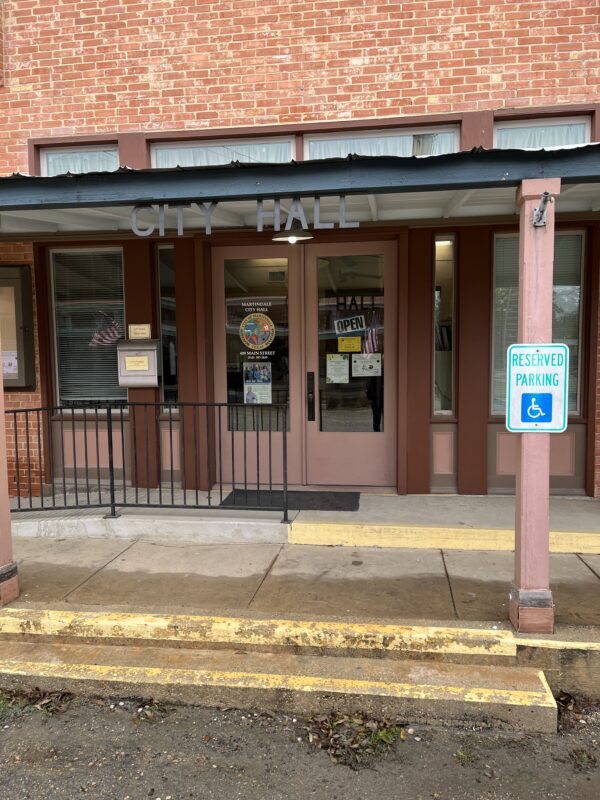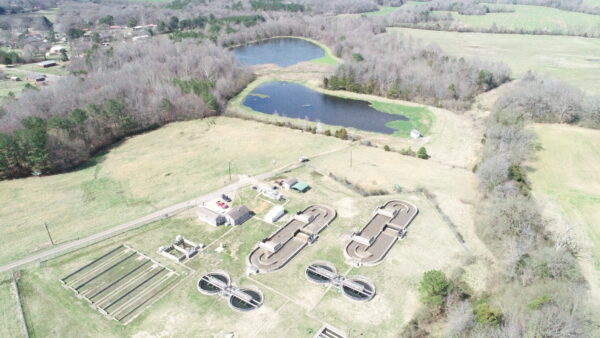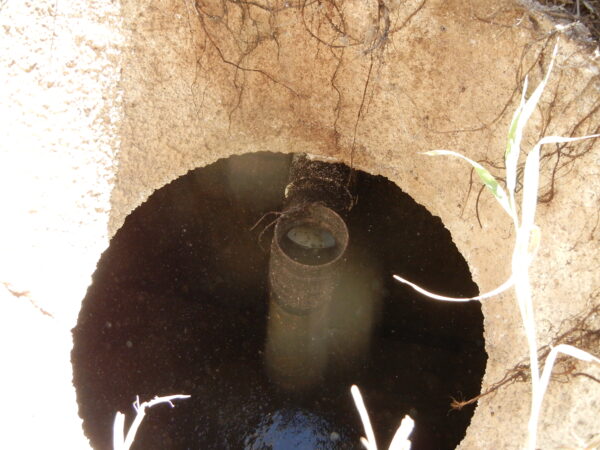Always a Good Time For a Rate Review

We are all too familiar with the notices, “Due to rising costs, the monthly price of your service is set to increase during your next billing cycle.” So why is it a struggle for so many wastewater utilities to raise sewer rates? Unlike your favorite subscription, wastewater utility customers do not have the choice of pausing or canceling their membership in response to an increase in price or deciding to take their business elsewhere.
Wastewater utilities have a responsibility to safely and reliably treat the wastewater that flows through the plant and a responsibility to customers to ensure that the use of funds is lawful and efficient. Responsible fiscal management means that revenues not only meet day-to-day expenses but also prepare the system for emergencies and capital projects.
According to the U.S. Department of Labor Bureau of Labor Statistics Consumer Price Index, the cumulative rates of inflation over the last 2, 5, and 10 years are 6.0%, 21.4% and 31.1%, respectively. We should also expect that the costs associated with the safe and reliable treatment of wastewater would also rise during that time. Infrastructure projects constructed in the U.S. during the 1980s are reaching the end of their useful lives and are in need of capital improvements. If typical repair and replacement schedules are not followed, components suffer premature failure, further increasing costs. Wastewater systems can prepare for these capital upgrades with regular contributions to capital reserves, but not all systems have a dedicated reserve fund, or if they do, it may have not have much in it.
A combination of outdated rates, little to no reserve funds, and upcoming capital projects places a wastewater system in a vulnerable position. Keeping rate evaluations and adjustments as a regular part of system operation will benefit managers, operators, and customers in the long-term. Raising utility rates may not be a popular move and can result in public backlash from customers. However, keeping rates artificially low and postponing rate adjustments is not financially sustainable and will increase future costs. Maintaining clear and consistent communication with sewer customers, including opportunities for public input, throughout the rate adjustment process, helps with a smoother transition to new rates.
Whether a rate adjustment is many years overdue or has become part of the regular budget season, the basic steps are the same:
- Evaluate current rate structure
- Financial assessment
- Customer assessment
- Future projections
- Rate options
First, the system must understand the existing rate structure and evaluate if that should change. Common fee types include a base fee ($/month) and a use fee ($/gallon). These fees may vary for residential and commercial customers, or not. Systems may have other revenue sources, such as debt service fees, or funds levied through property taxes. Check your local code for any limitations about the types of rates your system may use. A financial assessment is critical to setting appropriate rates. At least the last three complete years of budget vs. actual expenses should be reviewed to understand how money is moving through the system.
Customer data must also be reviewed for rate adjustments. Critical questions such as “How many customers are there, and how much are they paying?” should be asked during this review process. If use fees are applied based on meter data, are there use patterns? Are residential and commercial customers billed differently? Create a picture of the types of customers using the system and what kind of bills they are currently paying. Does this reflect the goals of the municipality and the utility?
During the financial and customer assessment is the time to consider the future use of the system. Are the expenses expected to change significantly due to capital projects? Is the number of customers expected to stay the same or change? Use local knowledge and data to make projections for cost and use.
With an understanding of total revenue under the current rates coupled with projections for total revenue needed, the difference shows how much additional revenue needs to be added from sewer sales. The Board of the wastewater system must determine how to produce the additional revenue using available rate structures. Increasing base fees provides a more reliable revenue source but may be unfair by charging all customers evenly, whereas increasing use fees gives customers the most control but leaves the system more susceptible to revenue shortfalls if usage decreases. Considering 3-5 different rate options can help Boards and customers evaluate the pros and cons of different strategies for meeting the system’s expenses.
The annual budget process is a natural opportunity for wastewater systems to assess their financial needs and make necessary adjustments. Just as expenses are consistently rising, sources of revenue need to keep up. Regular rate increases can be intimidating to implement but are a foundation of financial sustainability in any wastewater system.
For additional information, check out our rates guide and our eLearning on rate setting.



